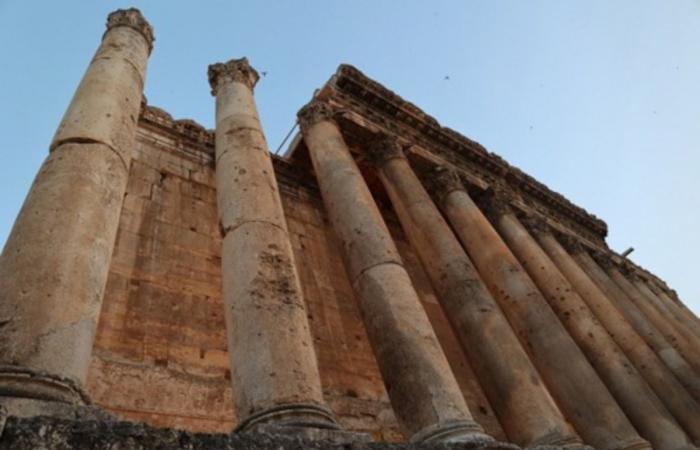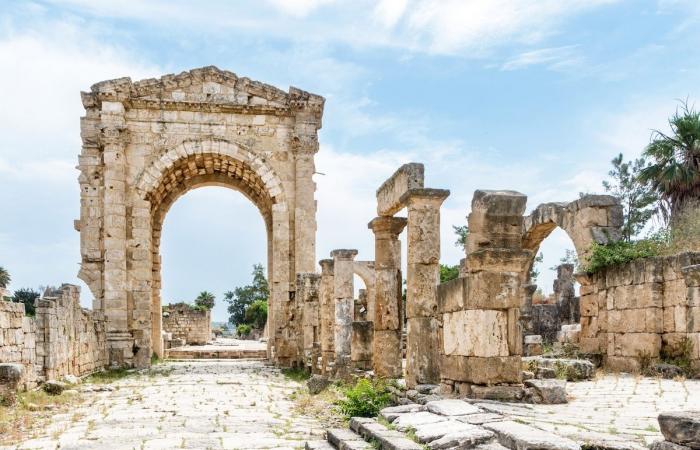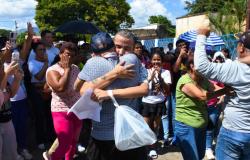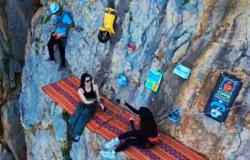If the ancient site, listed as a UNESCO world heritage site since 1984, has so far been spared, the destruction of two juxtaposed surrounding walls, known as the Gouraud barracks, dating from the French Mandate and the Ottoman era, caused fear on October 28. “Baalbeck is a historic city as a whole, when it is bombed, it is the history of Roman life until today that is attacked“, says an archaeologist who worked in the city, on condition of anonymity. She fears that rebuilding these walls after the war will be an impossible mission.”Some stones were simply reduced to dust. For the rest, you will have to examine each crack, each stone, each ceiling, to find out if they have moved.“, observe-t-elle.
Irrecoverable losses
In Lebanon, the violence of Israeli bombings spares neither civilians – more than 3,360 of whom have died since October 2023, according to a latest report from the Lebanese Ministry of Health – nor stones. Since September 23, the date of the intensification of strikes carried out by Tel Aviv against Hezbollah, the thousands of archaeological and heritage treasures unearthed on Lebanese territory have been threatened with destruction. Some have already been wiped off the map. In mid-October, the Lebanese were shocked to discover the disappearance of the heritage souks of Nabatiyé, built four hundred years ago, dating from the Ottoman and Mamluk era. Nothing remains, reduced to rubble by a deluge of Israeli fire on the city. “It was a meeting point for all the farmers and producers of South Lebanon, its restoration was completed barely two years ago […]. Our roots are in this heritage and in these stones”the NGO Beit el-Baraka was outraged.
The next day, the village of Mhaybib, about 2 km from the Blue Line (provisional border demarcated by the UN, Editor’s note), in the region of Marjayoun in southern Lebanon, was dynamited by the Israeli army on the grounds that “a Hezbollah tunnel passed through the heart of the village”, reducing to dust a maqâm (sanctuary, Editor’s note) dedicated to the biblical figure of Benjamin, grandson of Abraham cited in the Old Testament and the Koran, built before the Christian era.
The ordeal of the Lebanese, under the deluge of Israeli fire: “Our neighbors are all dead”
A few days later, on October 23, a massive evacuation order launched by the Israeli army in the city of Tire fueled the worst fears of the Lebanese. Founded almost 3000 years before Christ, the port city has several Roman, Phoenician and Byzantine sites classified as UNESCO world heritage sites, including Roman baths, extremely well preserved mosaics, a hippodrome and a triumphal arch. Some of the buildings targeted by the IDF are just 200 meters from the Roman ruins.

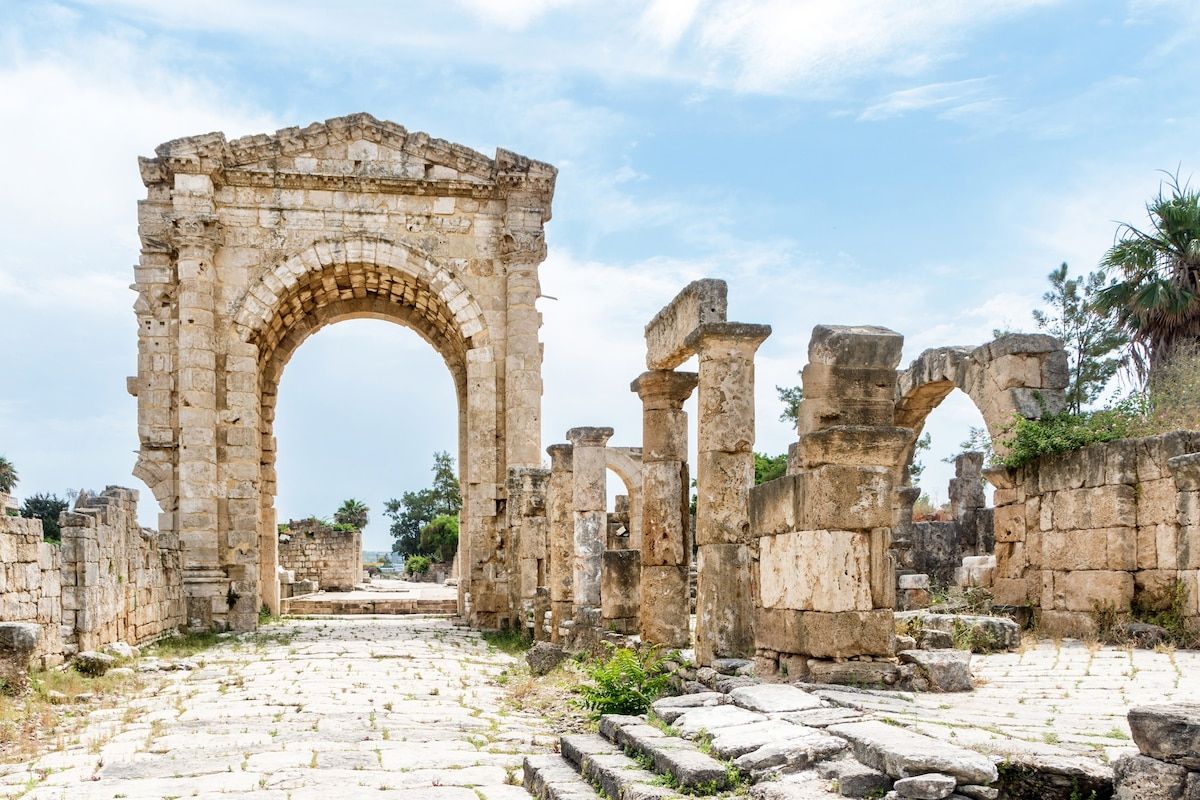
A “very clear strategy”
At the end of October, an entire wall of the Toron Fortress, a medieval citadel built in the 12th century during the Crusader era, in Tebnine, near Bint Jbeil, was destroyed by Israeli strikes. The site is, according to Lebanese archaeologist Joanne Farchakh Bajjaly, “very damaged by bombing”.
“The vibrations of the ground caused by the bombs, the blast from the explosions and the air pollution which contaminates the stone as well as the ground weaken the structure of the sites“, indicates this archaeologist, member of the NGO Biladi for the protection of heritage, particularly worried about the sites of Tire built with “sandy stone made of limestone and sand.
In bombed eastern Lebanon, a detail marks: “This is the main difference with the 2006 war, and what puts Hezbollah in danger”
“We have reached new scales of destruction. It’s worse than what happened in Palmyra“, hammered Joanne Farchakh Bajjaly, who complained “a very clear strategy aimed at annihilating the other in all its dimensions, cultural, religious, heritage, historical“. It is, according to her, “to eradicate memory and make inhabitants lose any form of spatio-temporal bearing. It’s a thoughtful political act.”
Will UNESCO, which is due to meet this Monday, November 18 at the request of Lebanon, validate the request for reinforced protection of 34 sites, requested by the Lebanese authorities? “This is a huge challenge for UNESCO and the international community.”fears Ms. Farchakh Bajjaly, who would like measures to be taken.to protect and not have to rebuild“.


